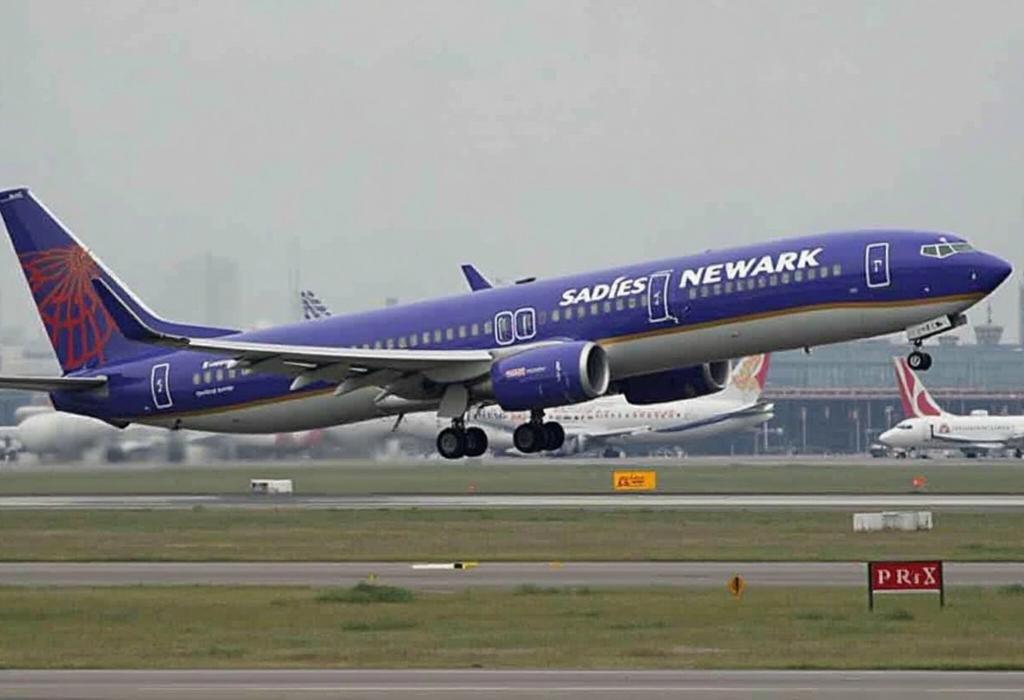On Monday afternoon, Newark Liberty International Airport faced significant disruptions as a ground stop was issued due to an equipment outage, leading to extensive flight delays. The Federal Aviation Administration (FAA) confirmed that the issues originated from telecommunications and equipment failures at Philadelphia TRACON, which manages the air traffic flow for Newark. The stoppage started around 1:53 p.m. and prevented departures until at least 5 p.m. As a result, airlines and passengers alike were thrown into chaos, with flights being diverted and delayed, exemplified by United Airlines Flight 1321, which was documented circling in New Jersey airspace instead of heading to Los Angeles. By 4 p.m., while the FAA had announced that the telecommunications problems were resolved, staffing issues at the Philadelphia operations center continued to complicate the situation.
Flightaware.com reported that departures from Newark faced delays exceeding two hours, while arrivals averaged delays of about 15 minutes. The cumulative effect of these issues led to a mounting list of flight delays, aptly captured by Flightaware’s Misery Map. The Port Authority advised affected passengers to remain in contact with their airlines for the latest updates. This incident is also noteworthy in the context of ongoing airport operational challenges, as recent runway rehabilitation projects at Newark could further affect flight schedules through mid-June. This highlights the vulnerabilities in the air traffic management system, particularly during peak travel times.
While the FAA managed to resolve the telecommunications issues fairly quickly, the revelations of additional staffing problems raise questions about the resilience and capacity of air traffic operations. Such complexities could necessitate deeper investments in infrastructure and staffing to mitigate future disruptions. Flight operations are returning to normal but at a slow pace, with significant delays expected to linger in the aftermath of this incident. Thus, airports and travelers alike will need to prepare for continued repercussions as the system stabilizes.
AD
AD
AD
AD
Bias Analysis
Bias Score:
20/100
Neutral
Biased
This news has been analyzed from 19 different sources.
Bias Assessment: The reporting is primarily factual, focusing on the details of the FAA's announcements and the real-time experiences of travelers without sensationalizing the incident. The language used does not push a particular agenda or negative narrative against any party but rather reflects a straightforward account of events as they unfolded. While the narrative conveys frustration among travelers, it is not unreasonably biased or skewed against any agency involved.
Key Questions About This Article




